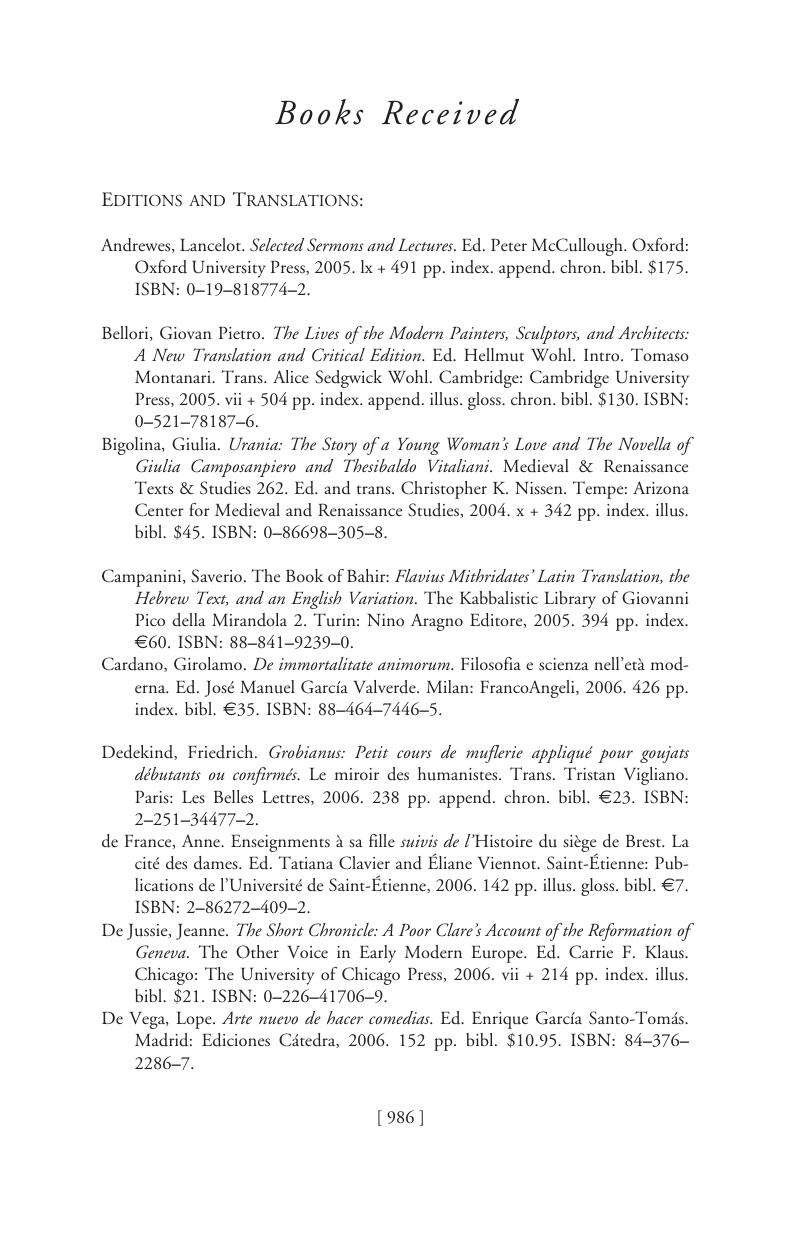Hodgdon, Barbara, and ,
W. B, Worthen, eds.
A Companion to Shakespeare and Performance.
Malden, MA:
Blackwell Publishers,
2005. xv + 688 pp. index. illus. bibl. $149.95. ISBN:
1-4051-1104-6.
Includes: Barbara Hodgdon, “Introduction: A Kind of History”; Peggy Phelan, “Reconstructing Love:
King Lear and Theatre Architecture”; Peter Holland, “Shakespeares’ Two Bodies ”; Bruce R. Smith, “Ragging
Twelfth Night: 1602, 1996, 2002–03”; Robert Shaughnessy, “On Location”; Margarert Jane Kidnie, “Where is
Hamlet? Text, Performance, and Adaptation”; Ania Loomba, “Shakespeare and the Possibilities of Postcolonial Performance”; Anthony B. Dawson, “The Imaginary Text, or the Curse of the Folio”; Laurie E. Osborne, “Shakespearean Screen/Play”; Simon Palfrey and Tiffany Stern, “What Does the Cued Part Cue? Parts and Cues in
Romeo and Juliet”; Wendy Wall, “Editors in Love? Performing Desire in
Romeo and Juliet”; W. B. Worthen, “Prefixing the Author: Print, Plays, and Performance”; Richard W. Schoch, “Shakespeare the Victorian”; Kathleen McLuskie, “Shakespeare Goes Slumming: Harlem 37 and Birmingham ‘97”; John Gillies, “Stanislavski,
Othello, and the Motives of Eloquence”; Stuart Hampton-Reeves, “Shakespeare,
Henry VI and the Festival of Britain”; Ric Knowles, “Encoding/Decoding Shakespeare:
Richard III at the 2002 Stratford Festival”; Miriam Gilbert, “Performance as Deflection”; Carol Chillington Rutter, “Maverick Shakespeare”; Paul Prescott, “Inheriting the Globe: The Reception of Shakespearean Space and Audience in Contemporary Reviewing”; Diana E. Henderson, “Performing History:
Henry IV, Money, and the Fashion of Time”; Michael Cordner, “‘Are We Being Theatrical Yet?: Actor’s, Editors, and the Possibilities of Dialogue”; Douglas Lanier, “Shakespeare on the Record”; Richard Burt, “Sshockspeare: (Nazi) Shakespeare Goes Heil-lywood ”; Peter S. Donaldson, “Game Space/Tragic Space: Julie Taymor’s
Titus”; Elizabeth A. Deitchman, “Shakespeare Stiles Style: Shakespeare, Julia Stiles, and American Girl Culture”; Susan Bennett, “Shakespeare on Vacation”; Margo Hendricks, “Visions of Color: Spectacle, Spectators, and the Performance of Race.” Yong Li Lan, “Shakespeare and the Fiction of the Intercultural”; G. B. Skip Shand, “Guying the Guys and Girling the Shrew: (Post)Feminist Fun at Shakespeare’s Globe”; James C. Bulman, “Queering the Audience: All-Male Casts in Recent Productions of Shakespeare”; Courtney Lehmann, “A Thousand Shakespeares: From Cinematic Saga to Feminist Geography or, The Escape from Iceland”; Joanne Tompkins, “Conflicting Fields of Vision: Performing Self and Other in Two Intercultural Shakespeare Productions”; James N. Loehlin, “Teaching Through Performance”; and Peter Lichtenfels, “‘The eye of man hath not heard, / The ear of man hath not seen’: Teaching Tools for Speaking Shakespeare.”
Google Scholar 